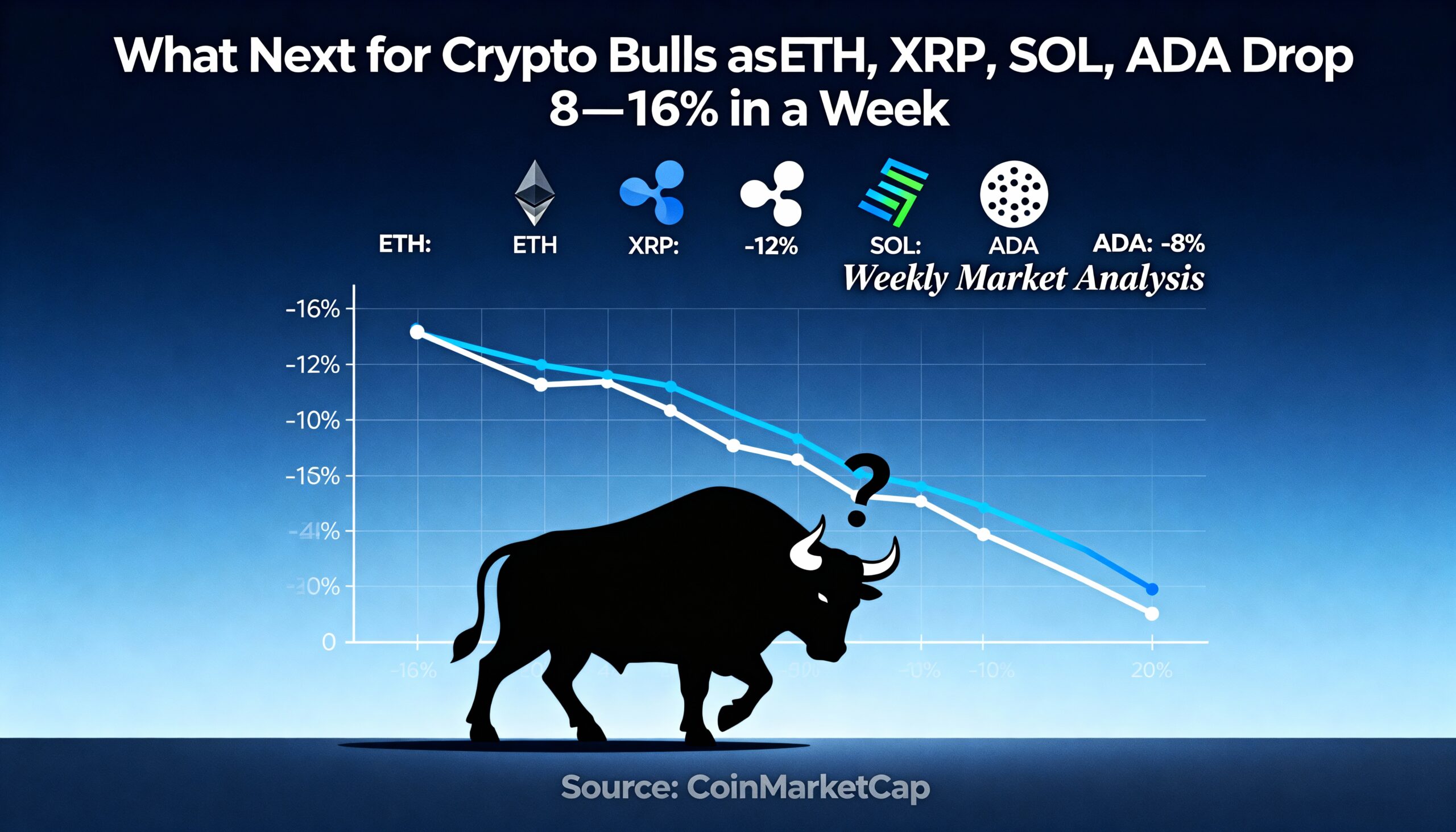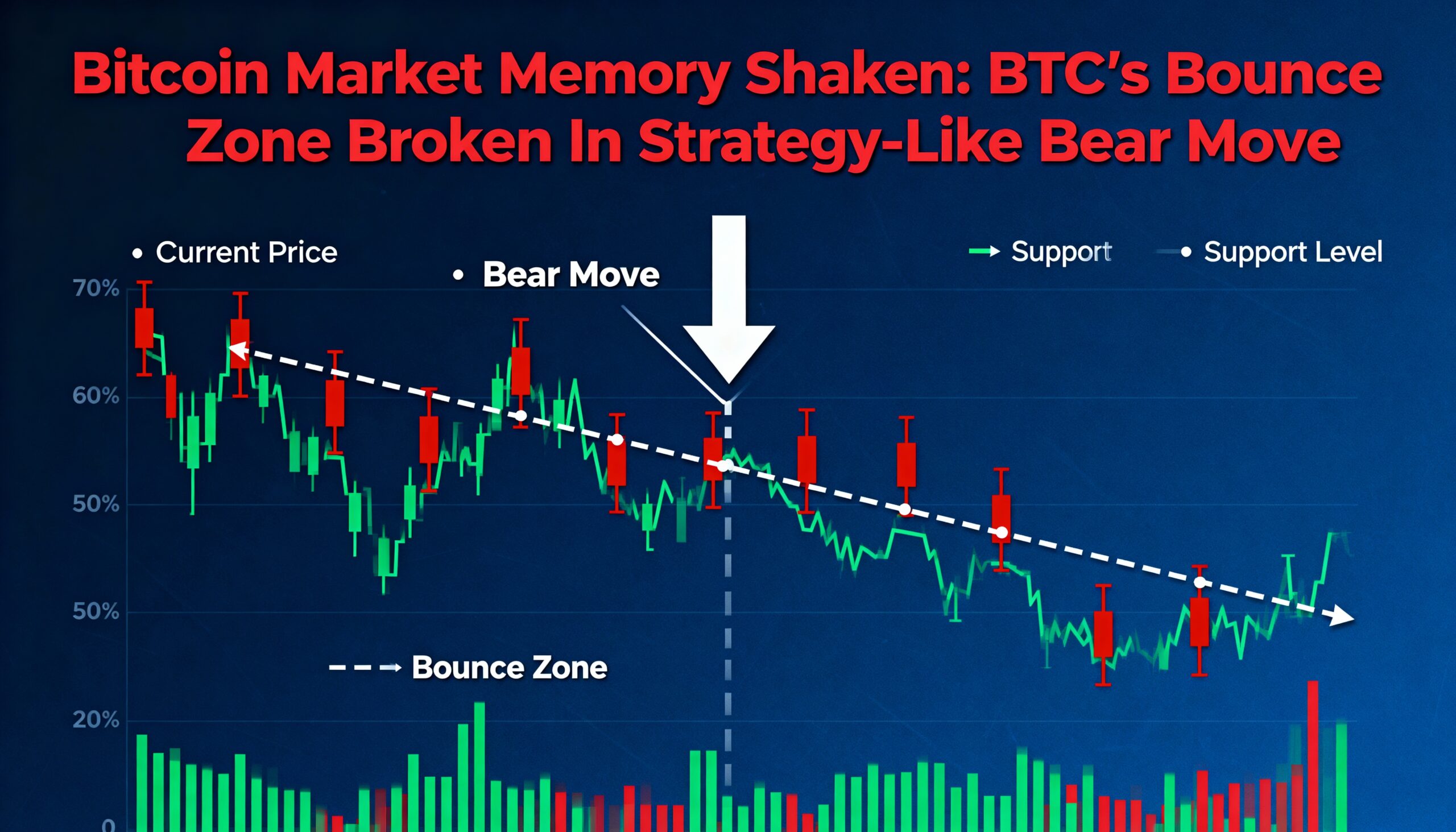
Crypto Treasury Firms Could Become Long-Term Blockchain Powerhouses, Says Analyst – 28/9/2025
Crypto treasury firms that hold large token reserves may evolve from speculative vehicles into enduring economic engines for blockchain ecosystems, argues Ryan Watkins, co-founder of Syncracy Capital.
Digital asset treasury (DAT) firms are publicly traded companies that raise capital to acquire and manage crypto on their balance sheets. In a Sept. 23 blog post and accompanying X thread, Watkins highlighted that DATs already control roughly $105 billion in assets across Bitcoin, Ether, and other major tokens—a scale that many market participants have yet to fully grasp.
Beyond Speculation
Watkins says much of the market focus has been on near-term trading dynamics—premiums to net asset value, fundraising news, and “what’s the next token”—which obscures the bigger picture.
“We imagine select DATs becoming for-profit, publicly traded counterparts to crypto foundations, but with broader mandates to deploy capital, operate businesses, and participate in governance,” he wrote.
Some DATs already control substantial slices of token supply, enabling their treasuries to function as more than vaults—they can influence policy, product development, and governance within the networks they hold.
He cited examples of scale matters in crypto: on Solana, RPC providers and proprietary market makers that stake more SOL can improve transaction efficiency and capture spreads; on Hyperliquid, front ends that stake more HYPE can reduce user fees or increase take rates without additional costs. Large, permanent pools of native assets give such firms the ability to bootstrap and scale effectively.
Programmable Money and Productive Balance Sheets
Watkins contrasts these approaches with bitcoin-only strategies like MicroStrategy, which largely focus on capital structure around a non-programmable asset. By contrast, tokens on smart contract platforms—ETH, SOL, HYPE—can be staked for fees, lent, used for liquidity, or deployed to acquire ecosystem infrastructure such as validators, RPC nodes, or indexers.
This turns DAT treasuries into yield-generating, operating balance sheets. Watkins likens successful DATs to a hybrid of familiar financial models: the permanent capital of closed-end funds and REITs, the balance-sheet focus of banks, and the compounding philosophy of Berkshire Hathaway. Returns accrue in crypto per share rather than through management fees, making these vehicles closer to direct plays on their networks than traditional asset managers.
Flexible funding instruments like common equity, convertibles, and preferred shares allow DATs to expand their balance sheets, while on-chain yields can help manage and grow that capital over time.
Winners—and Risks
Watkins cautions that not all DATs will succeed. First-generation firms heavy on financial engineering but light on operational substance may fade as market conditions normalize. Competition and pressures on premiums could trigger consolidation, experimental financing, or risky balance-sheet moves.
He argues that the survivors will be those pairing disciplined capital allocation with strong operational execution, reinvesting cash flows into token accumulation, product development, and ecosystem growth. “Over time, the best managed ones could evolve into the Berkshire Hathaways of their blockchains,” Watkins wrote.























